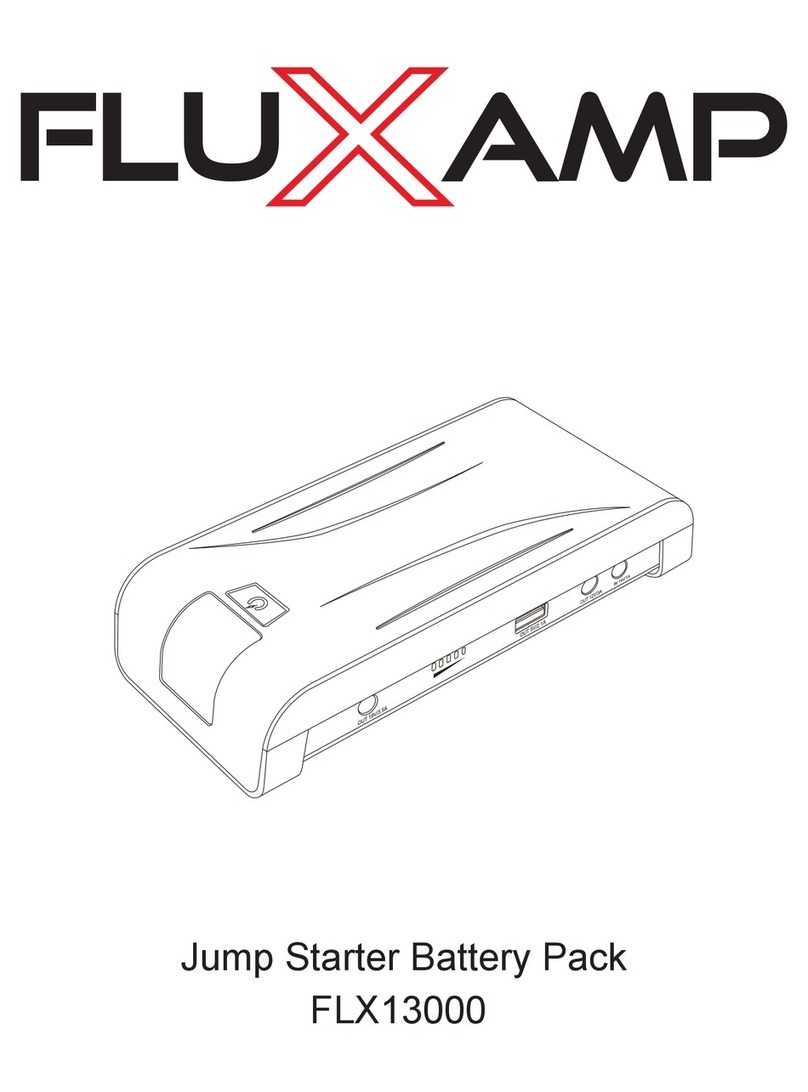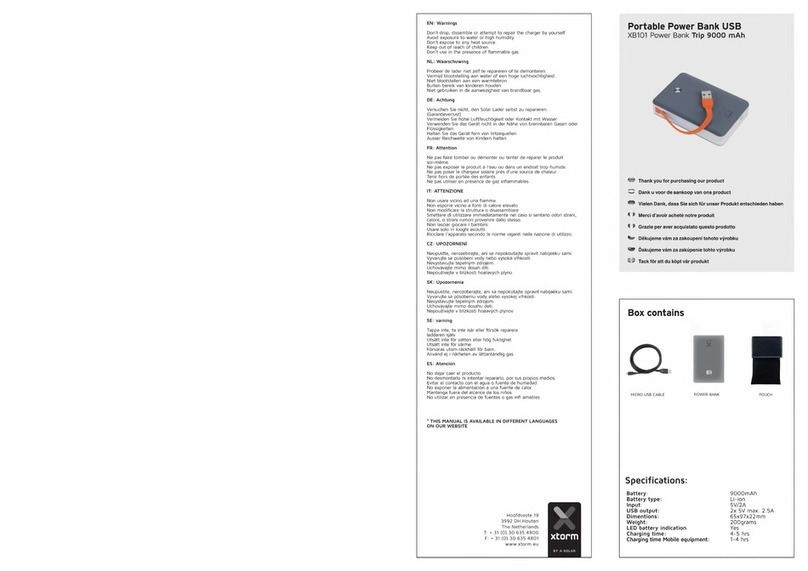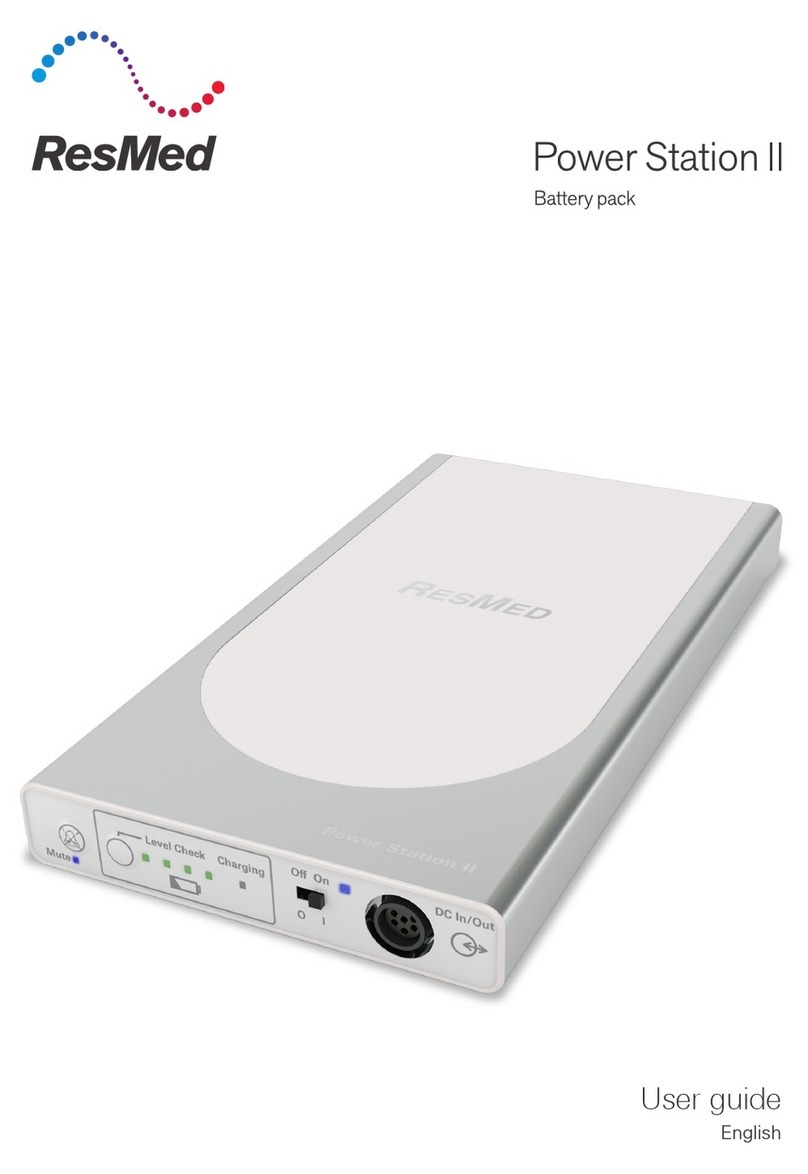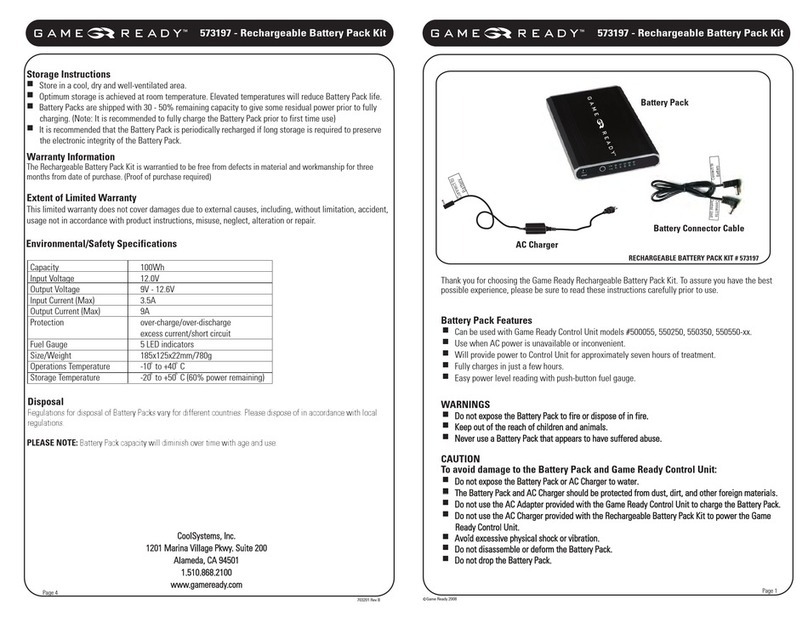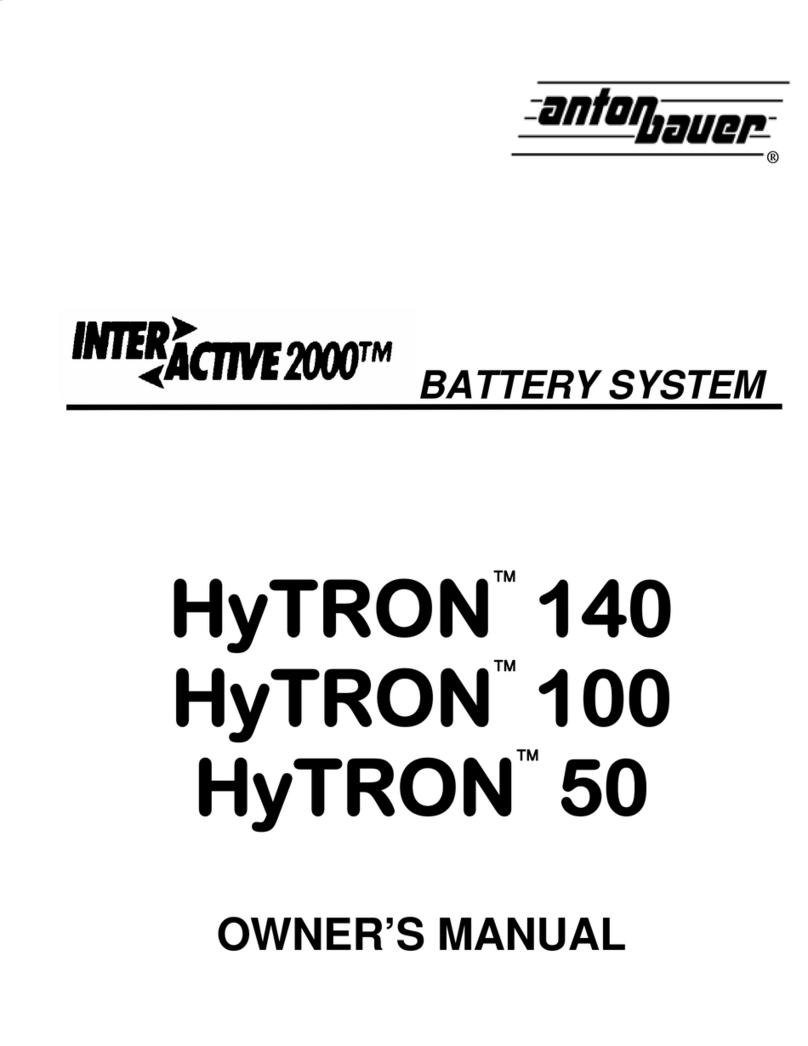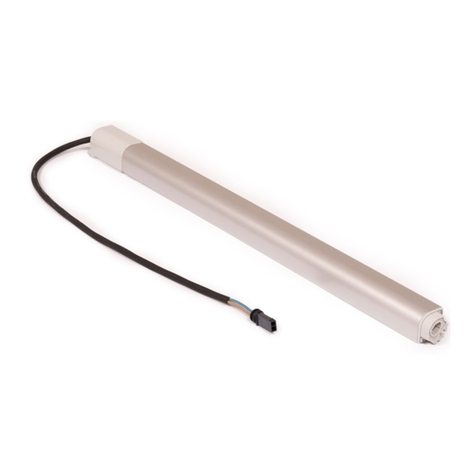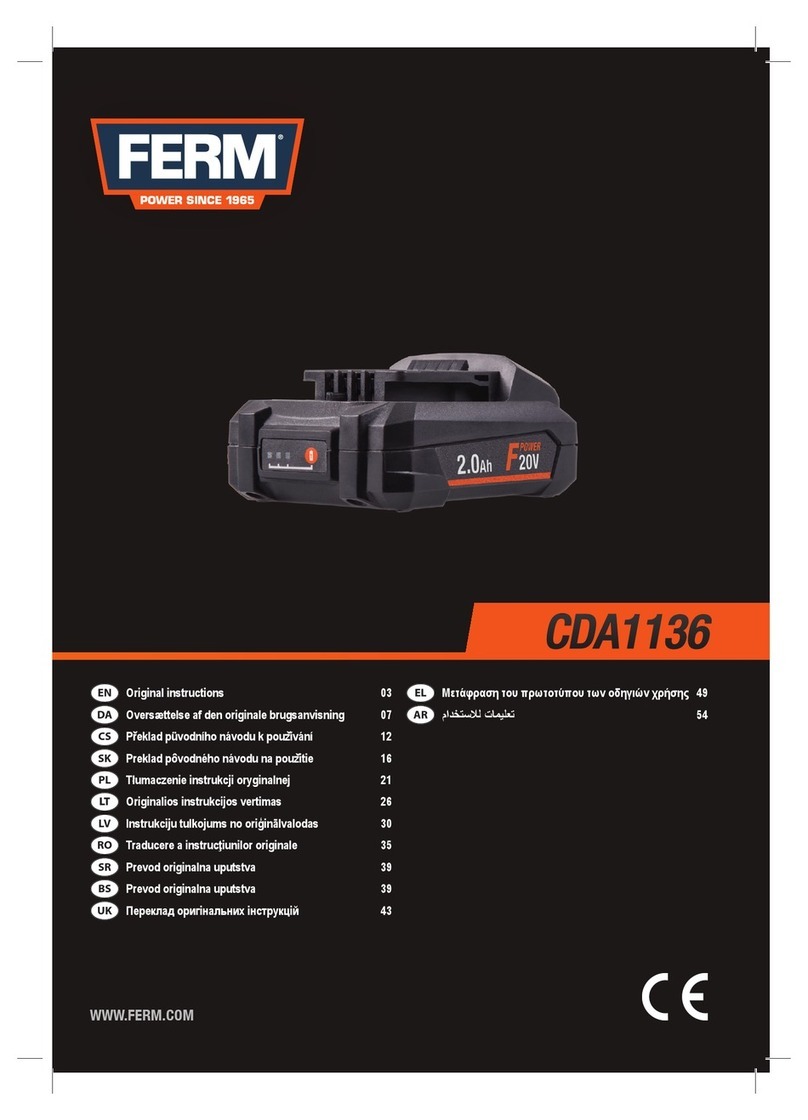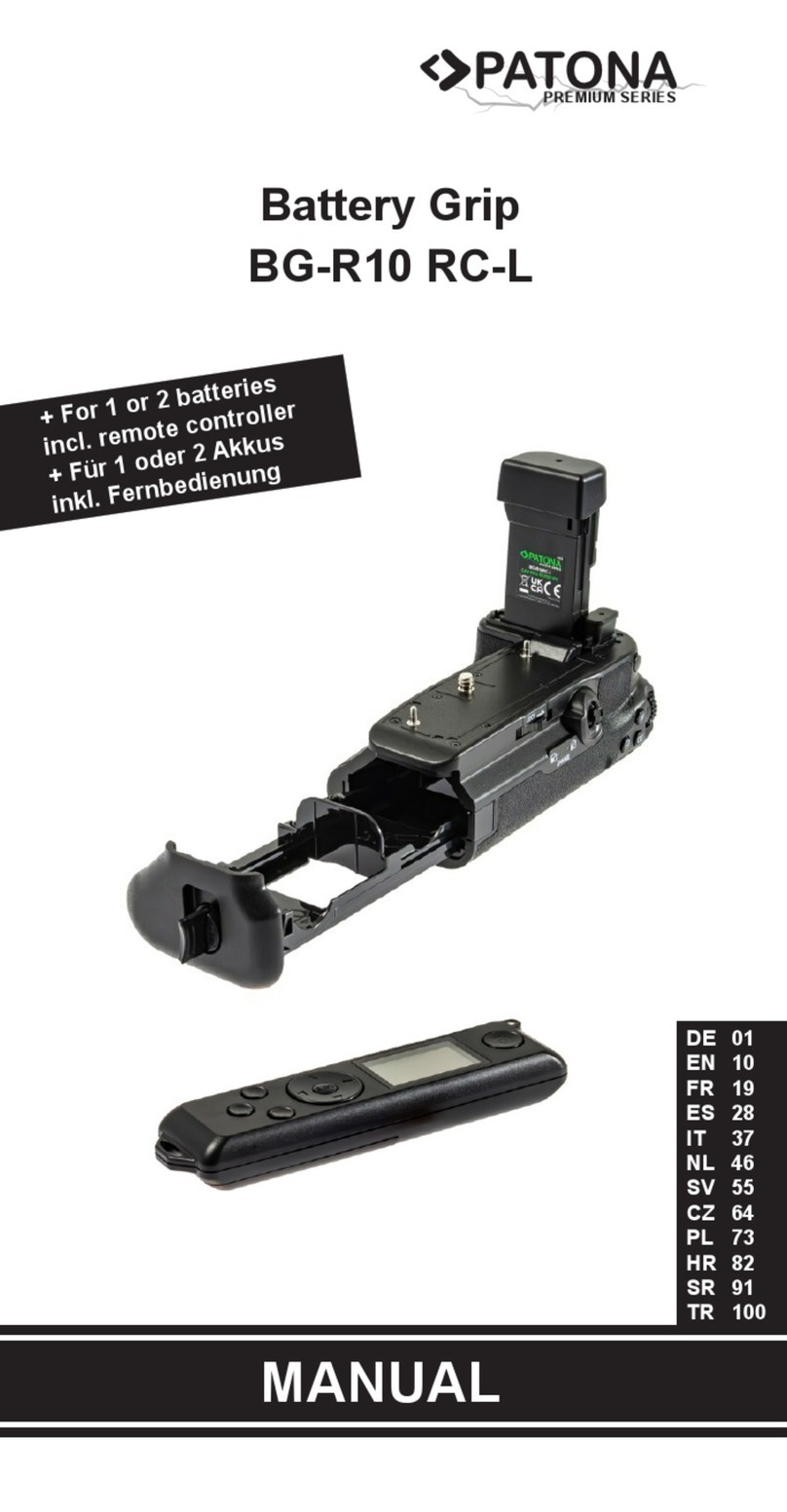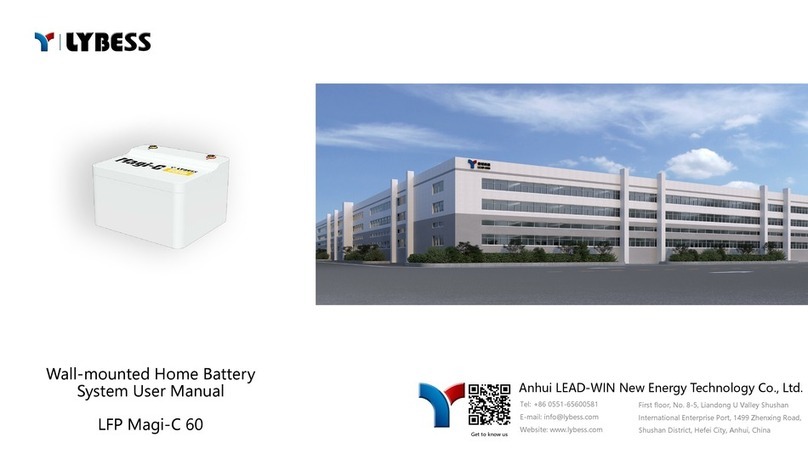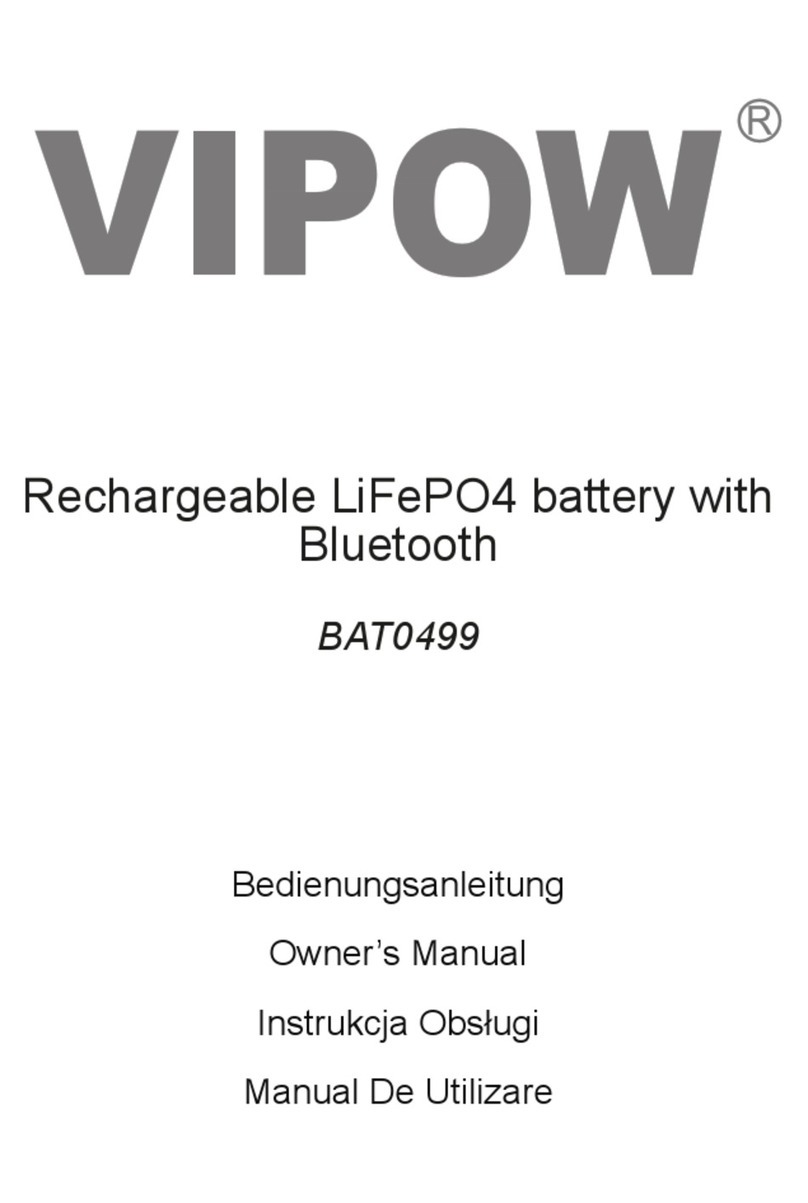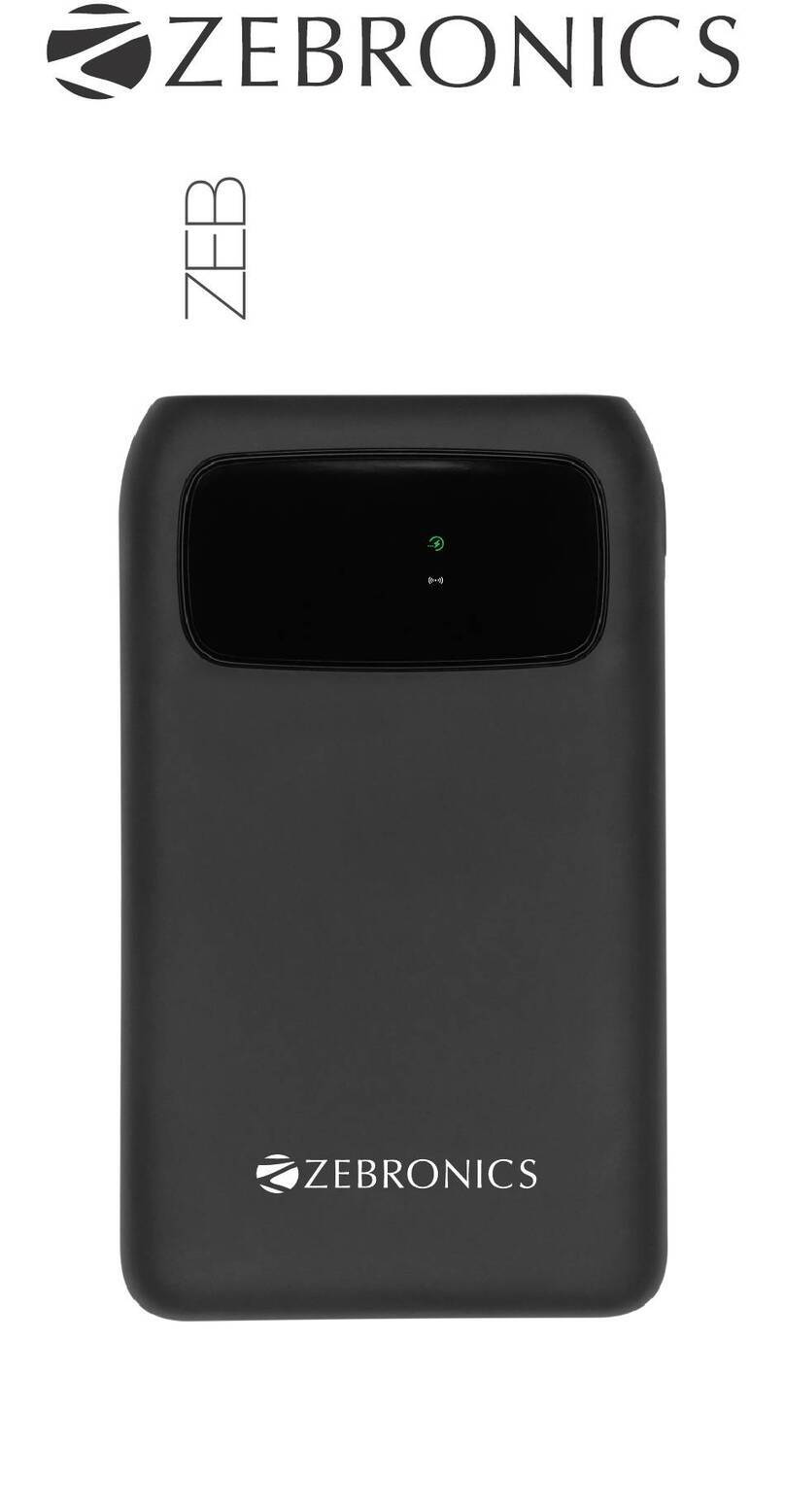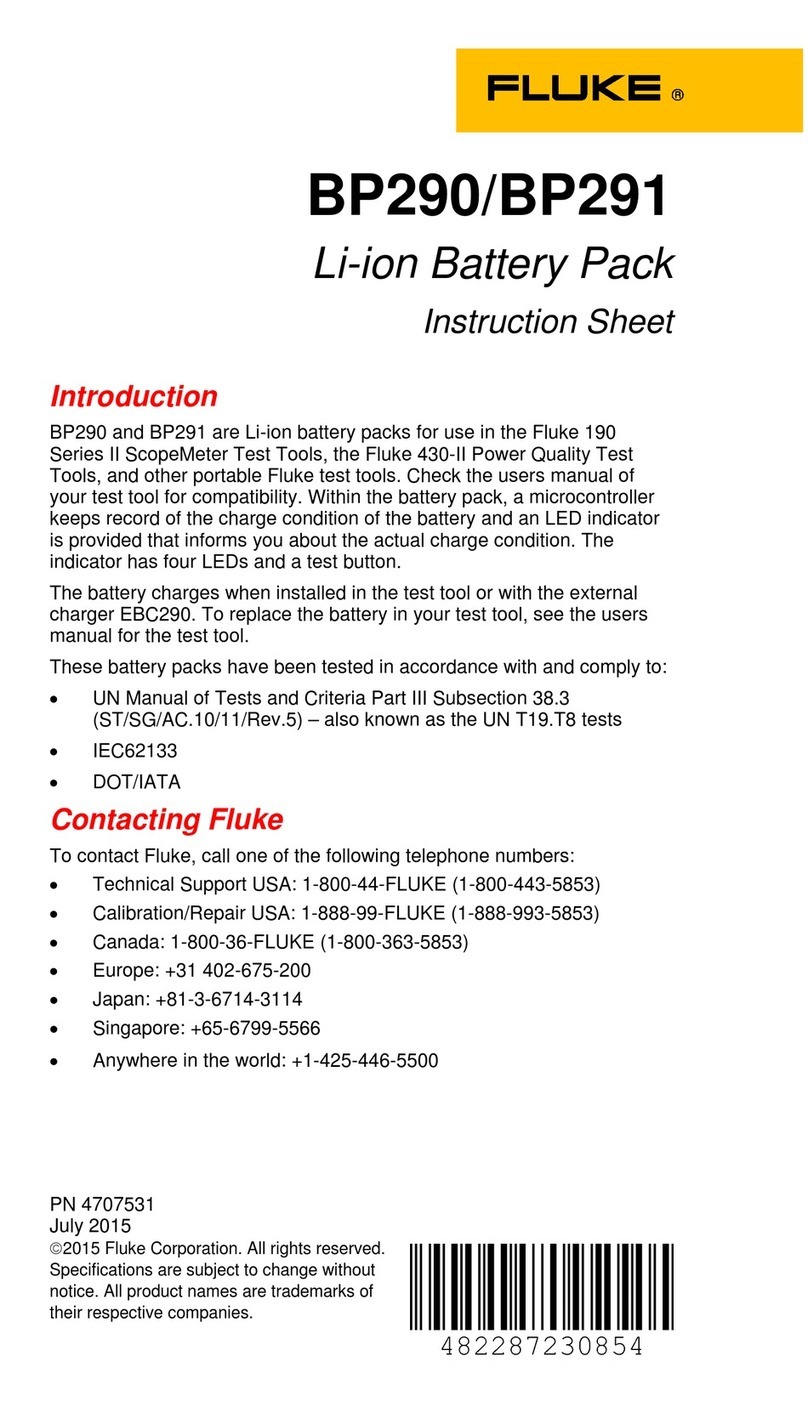Enercig EC-16650HC User manual

Page 1 of 5
Li-ion 16650 3.7V 1800mAh
65.5-1.0
Enercig EC-16650HC
Content
1.
Products assembly drawing and size refers to picture 1

Page 2 of 5
2
.Scope
This specification describes the basic performance, technical requirement, testing method, warning and
caution of the Li- ion
Cylindrical rechargeable battery .The specification only applies to
3
.Specification
NO.
Item Specifications
4.1 Typical Capacity 1800mAh @ 0.2C Discharge (0.2C 放电)
Minimum capacity
1750mAh @ 0.2C Discharge (0.2C 放电)
4.2 Nominal voltage 3.7V
4.3 Standard Charge
CC/CV,0.2C
5
A, 4.20V
4.4 Standard Discharge CC,0.2C
5
A, 3.00V
4.5 End-of-charge Voltage 4.20V±0.05V
4.6 End-of-charge Current 0.02C
5
A (At CV mode)
4.7 End-of-discharge Voltage 3.00 V
4.8 Charging Time 8.0hours(standard charge)8 小时
4.9 Quick Charge Current 1800mA (1.0C5rate)1C
4.10 Quick Discharge Current 3600mA (2.0C5rate)2C
4.11 Max Discharge Current 5400mA (3.0C5rate)3C
4.12 Initial Impedance Max:60mΩ
4.13 Weight Approx(约):36.0±2g
4.14 Operating temperature Charging(充电):0℃~45℃
Discharging(放电):-20℃~60℃
4.15 Storage temperature -5℃~35℃
4.16 Storage Humidity ≤75% RH
4.17 Appearance Without scratch, distortion, contamination and leakage (
4.18 Standard environmental condition
Temperature:25±2℃
Humidity :45-75%RH
Atmospheric Pressure:86-106 KPA

Page 3 of 5
4.19
Temperature Dependence of Discharge Capacity
@ 0.2C Discharge (0.2C)
Charge temperature Discharge temperature
25℃
-10℃
0℃
15℃
25℃
40℃
Relative
Capacity
50%
80%
90%
100%
100%
4
General Performance
No. Item Test Methods and Condition Criteria
5.1 0.2C Capacity
0.2C
After standard charging, rest battery for 10min, then
discharging at 0.2C to voltage 3.0V, recording the discharging
time.
≥
300min
5.2 Cycle Life
Constant current 0.5C charge to 4.2V, then constant voltage
charge to current declines to 0.01C, rest 10min,constant
current 0.5C discharge to 3.0V,rest 10min. Repeat above
steps till continuously discharging capacity Higher than 80%
of the Initial Capacities of the Cells
≥
300 times(次)
5.3
Capability of
keeping
electricity
20±5℃, After standard charging, rest the battery 28days,
discharging at 0.2C to voltage 3.0V, recording the discharging
time.
≥
240min
5
Environment Performance
No. Item Test Methods and Condition Criteria
6.1
Discharge at
high
temperature
After standard charging, rest the cells 4h at 60±2
℃
, then
discharging at 1C to voltage 3.0V, recording the discharging
time.
≥
54min
6.2
Discharge at
low temperature
After standard charging, rest the cells for 16h at -20±2
℃
, then
discharging at 0.2C to voltage 3.0V, recording the discharging
time.
≥
210min
6.4
Thermal shock
Put the cells in the oven. The temperature of the oven is to be
raised at 5±2
℃
per minute to a temperature of 130±2
℃
and
remains 30 minutes.
.
No fire, no
smoke

Page 4 of 5
6
Safe Characteristic
No. Item Test Methods and Condition Criteria
7.1
Over charge
testing
At 23±5
℃
, charging cells with constant current 2C to
voltage 5.0V, Stop test till cells temperature 10
℃
lower
than max temperature.
.
No smoke or fire
7.2
Over discharge
testing
At 23±5
℃,
According to the requirements of standard
charge, the cells will be discharge to cut-off voltage, then
connect with external load of 30 ohm for 24 hours.
No fire, no smoke, no
leakage.
7.3
Short-circuit
testing
At 23±5
℃
, After standard charging, connect cells
anode and cathode by wire which impedance less than 80±
20m
Ω
, keep 6h.
No smoke or fire
※Above testing of safe characteristic must be with protective equipment.
7
. CAUTIONS IN USE
To ensure proper use of the battery please read the manual carefully before using it. Handling
Do not expose to, dispose of the battery in fire.
Do not put the battery in a charger or equipment with wrong terminals connected.
Avoid shorting the battery
Avoid excessive physical shock or vibration.
Do not disassemble or deform the battery.
Do not immerse in water.
Do not use the battery mixed with other different make, type, or model batteries.
Keep out of the reach of children.
charge and discharge
Battery must be charged in appropriate charger only.
Never use a modified or damaged charger.
Do not leave battery in charger over 24 hours.
. storage
Store the battery in a cool, dry and well-ventilated area.
.
disposa
l
Regulations vary for different countries. Dispose of in accordance with local regulations.
8.
Battery operation instruction
8.1
Charging
Charging current:Cannot surpass the biggest charging current which in this specification book stipulated。
Charging voltage:Does not have to surpass the highest amount which in this specification book stipulated to
decide the voltage。
Charge temperature:The battery must carry on the charge in the ambient temperature scope which this
specification book stipulated。
Uses the constant electric current and the constant voltage way charge, the prohibition reverse charges. If the
battery positive electrode and the cathode meet instead, can damage the battery。

Page 5 of 5
8.2
Discharging current
The discharging current does not have to surpass this specification book stipulation the biggest discharging
current, the oversized electric current electric discharge can cause the battery capacity play to reduce and to cause
the battery heat。
8.3
discharge temperature
The battery discharge must carry on in the ambient temperature scope which this specification book stipulated
8.4
Over-discharges
After the short time excessively discharges charges immediately cannot affect the use, but the long time
excessively discharges can cause the battery the performance, battery function losing. The battery long-term has not
used, has the possibility to be able to be at because of its automatic flashover characteristic certain excessively
discharges the condition, for prevented excessively discharges the occurrence, the battery should maintain the
certain electric quantity。
8.5
Storing the Batteries
The battery should store in the product specification book stipulation temperature range. If has surpasses above
for six months the long time storage, suggested you should carry on additional charge to the battery。
9.
Period of Warranty
The period of warranty is one year from the date of shipment. guarantees to give a replacement in case of
cells with defects proven due to manufacturing process instead of the customers abuse and misuse.
10.
Other The Chemical Reaction
Because batteries utilize a chemical reaction, battery performance will deteriorate over time even if stored for
a long period of time without being used. In addition, if the various usage conditions such as charge, discharge,
ambient temperature, etc. are not maintained within the specified ranges the life expectancy of the battery may be
shortened or the device in which the battery is used may be damaged by electrolyte leakage. If the batteries cannot
maintain a charge for long periods of time, even when they are charged correctly, this may indicate it is time to
change the battery.
11.Note:
Any other items which are not covered in this specification shall be agreed by both parties.
Table of contents
